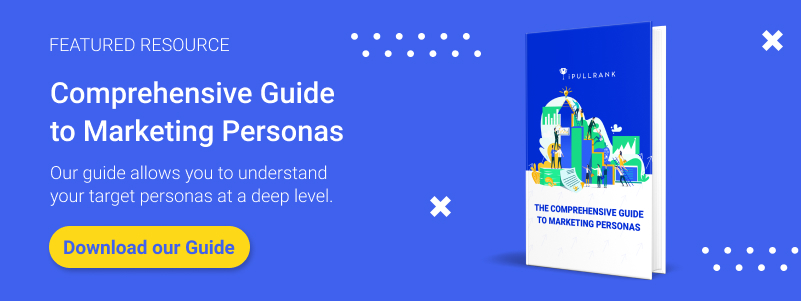Is your publishing business model working?
Is it moving your company towards profit or loss? Many publishers aren’t entirely sure of the answer. Publishers are using a variety of different business models in an attempt to grow their revenue.
Are these attempts working?
According to Innovation Media, “The media industry is still struggling for survival and sustainability, constantly exploring new business models that can achieve this goal. Many industry analysts predict… less money and more cuts.”
Why publishers need audience research to survive
In previous years, publishers were focused on conversion.
As recent as four years ago, publishers thought conversion was the holy grail — the metric that would give publishers the stability and consistent revenue they needed to survive. The rationale was simple, find a publishing business model that produces revenue, then expand.
It hasn’t worked well for publishers.
A strong presence in search results is a must-have for publishers. Your search, social, and content strategy should align with your audience, keyword research, and topic segments.
Here’s why this is crucial.
Your audience research shows you the content you’ll need to create; keyword research tells you how to write it so your audience will respond. With the right kind of consistent, upfront research, you’ll be able to create the type of content overlap you need to drive revenue (more on this later).
It’s all about satisfying searcher intent. But you can’t satisfy searcher intent if you’re completely focused on the wrong metric.
Here’s another reason publishers are struggling with search.
The data (via Sparktoro) shows that organic clickthrough rates are declining, and zero-click search queries are rising. When it comes to clicks, Google has become greedy, and why shouldn’t they be if it improves the user experience? The vast majority of search results are moving from this:

To this:

If publishers want to win the battle for search and social they’ll need to focus on the right metrics; if conversion isn’t the essential metric for publishers what is?
It’s retention.
This isn’t to say that conversion isn’t essential; it’s just not the make or break metric that produces revenue for publishers over time.
As a publisher, retention is the metric that’s crucial to your survival. There are 13 different publishing business models; these business models all depend on retention as an essential component. Readers are motivated to consume content that aligns with their values, desires, interests, and expectations.
Here are a few of the existing and emerging publishing business models outlined by Innovation Media:
- The ad-dependent publisher: The traditional publisher model: publishers target interested advertisers who distribute relevant and targeted messages to audiences that align with their brand, product, or service offerings.
- Publisher as an agency: This is all about selling branded content via publisher content studios. It’s oriented around advertisers who lack the capacity to contract creative agencies to create advertising pieces for their audiences but still need to reach consumers.
BBC Storyworks

TechCrunch Brand Studio
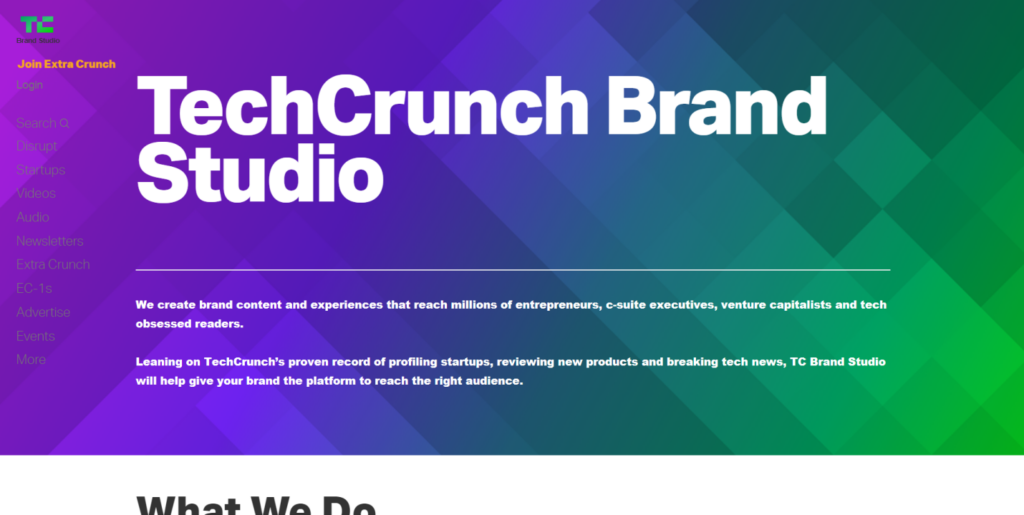
- Publisher as a data broker: These publishers use database marketing to drive revenue. This business model is ideal for advertisers looking to develop highly targeted advertising campaigns built from the publisher’s audiences.
Zonda
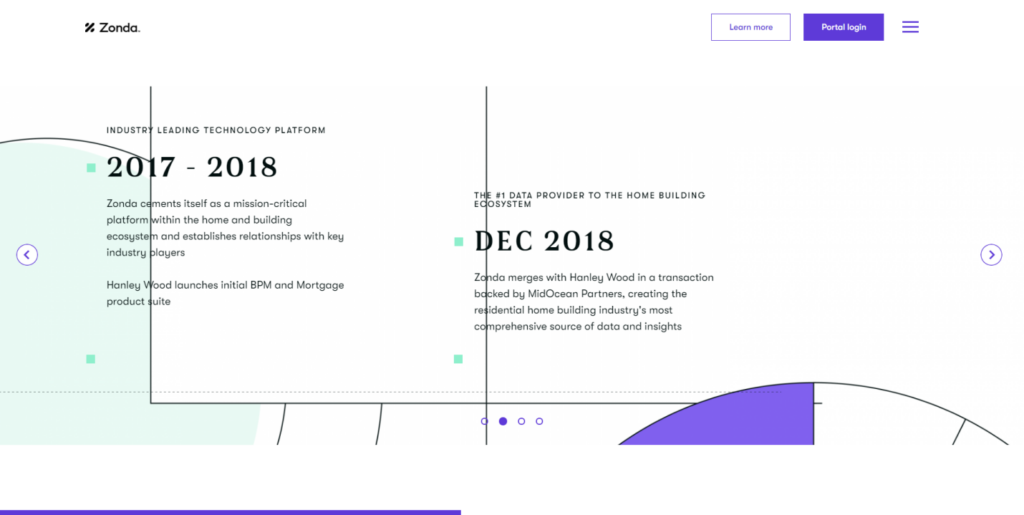
- Paid content publisher: These publishers offer content-exclusive subscriptions or micro-payment options to consumers in exchange for high-quality content that’s objective, relevant, and value-driven.
WaPo
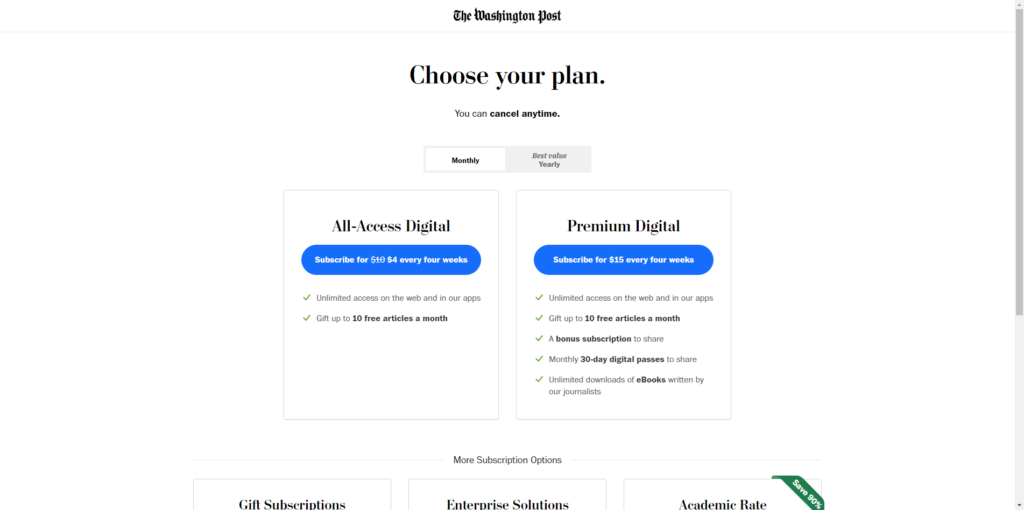
Insider

- Publisher as a club: Their customers receive subscription packages that differ from paid content publishers. These publishers offer editorial products as well as a variety of additional products and services. Discounts are typically a compelling motivator that, if used, recoup the costs of the subscription itself.
New York Times Games
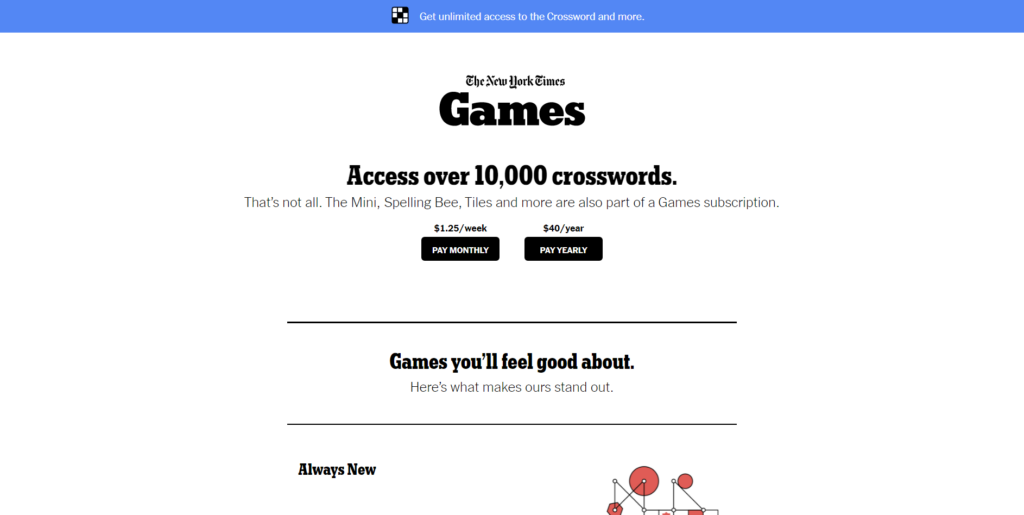
- Publisher as a retailer: This model is common with eCommerce brands. Readers/consumers are profiled and highly segmented; publishers use content to offer products and services that consumers are willing to purchase so long as they’re strong content/product relevance.
Roundel (by Target)
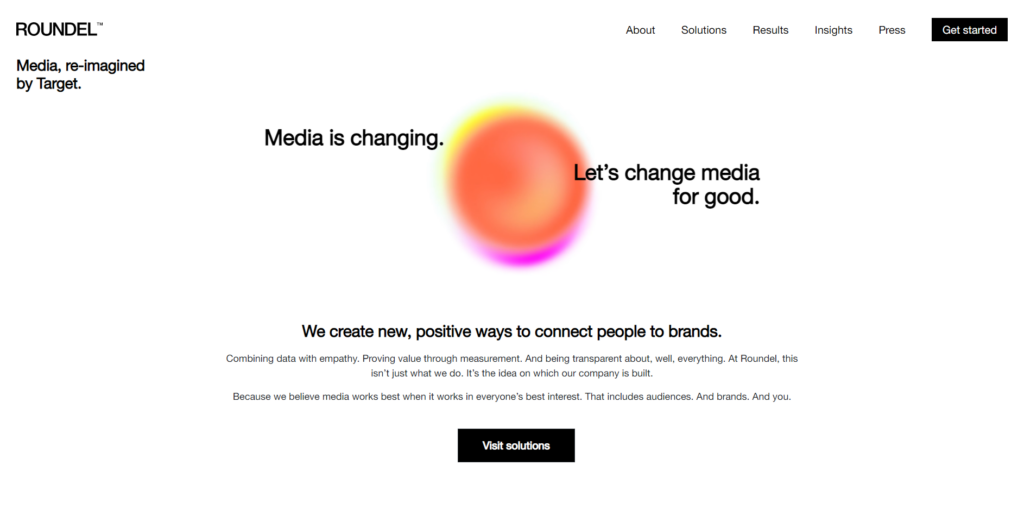
- Publisher as an event organizer: Publishers use their content to attract consumers to their events, provided that these are high-quality events that are credible, relevant, and deliver value.
- Publisher as a philanthropist: This crowdfunding model encourages consumers to fund philanthropic media companies; these consumers support their independence and the high-quality content they produce for their audience.
- Publisher as brand licensor: This is a compelling option for established, high-value brands. Publishers use their content to attract licensees who are interested in using their brand name to sell products and services.
Meredith Brand Licensing
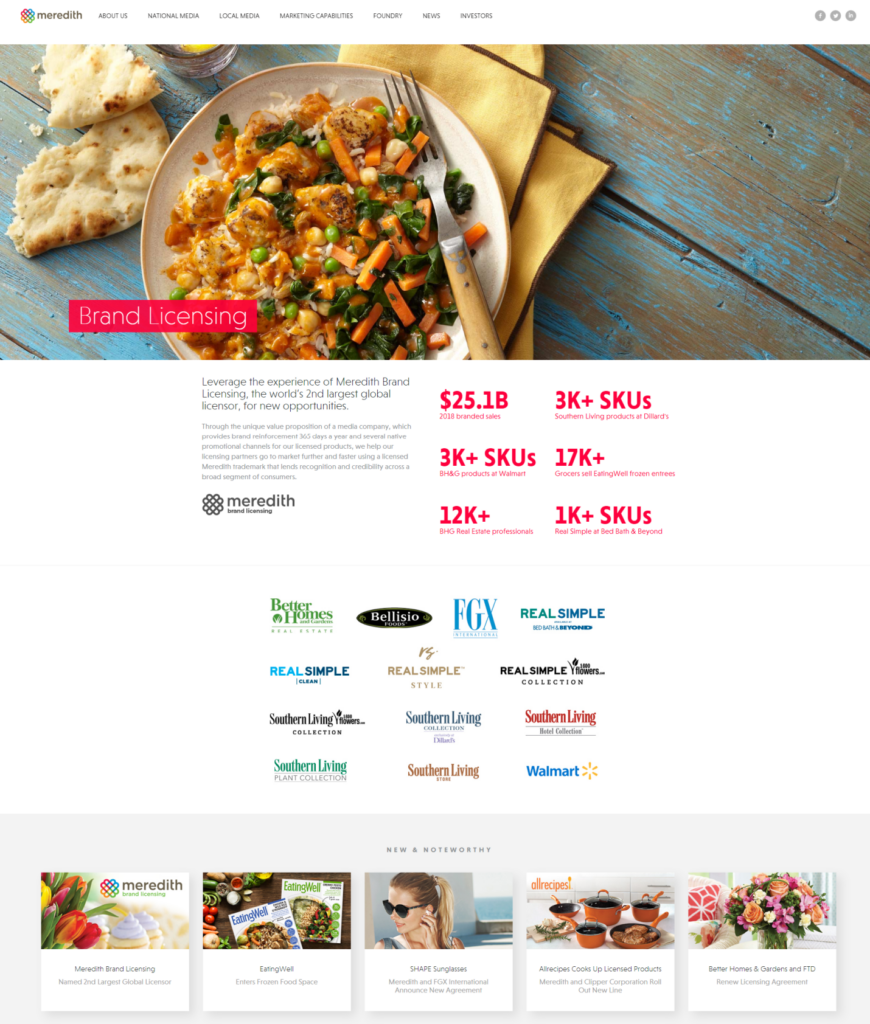
Vox Brand Licensing
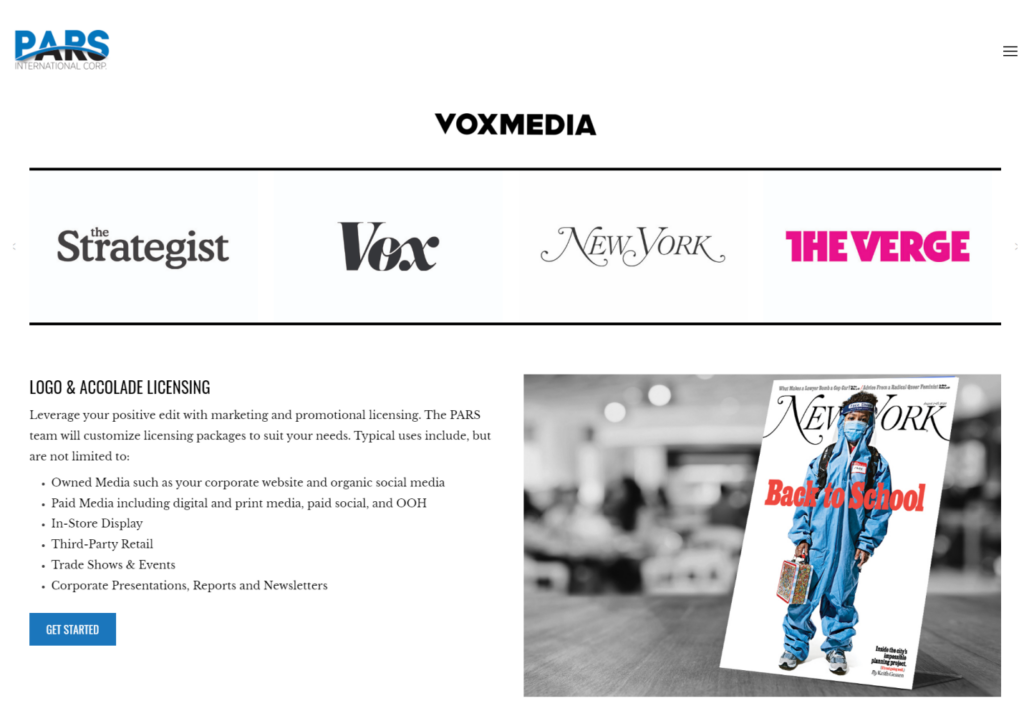
- Publisher as an IT provider: Media companies use this publishing model to sell software developed internally. This can be offered in conjunction with consulting or IT services that are provided to consumers or industry peers.
Coursera
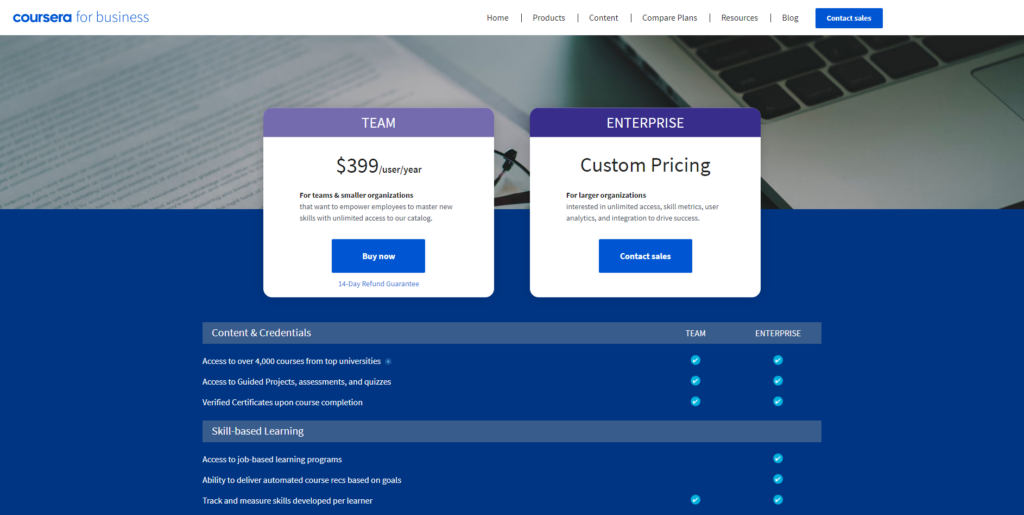
- Publisher as an investor: This can be used to launch a fund; it can be used to invest in promising or emerging businesses in exchange for advertising.
How important is audience research?
In 2019, the New York Times launched Readerscope, an audience intelligence tool that shows how readers engage with content. Readerscope relies on machine learning to help The New York Times and its advertisers understand who is reading what and where. It’s a content strategy tool that identifies the clusters that are of greatest interest to a specific audience segment.
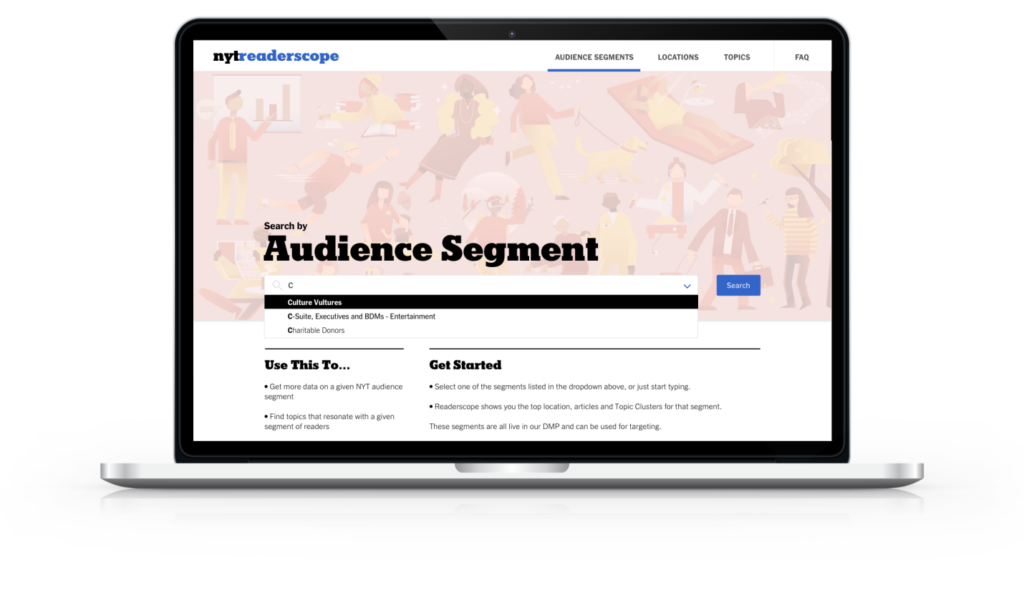
It’s an incredible tool that turns article data into actionable insights.
But this trend towards audience research and retention isn’t limited to the New York Times. The Washington Post built their own tool, an ad targeting tool called Zeus Insights. These tools enable the New York Times to publish content with specific goals in mind.
If you want to win the battle for search and social, you need audience research that focuses on both conversion and retention.
The hidden value of audience research
It’s all about retention and revenue. The success or failure of your publishing model depends on the data you’re able to gather from your audience research.
Audience research drives retention; the more you know about your audience — their values, interests, expectations, goals, etc. — the easier it is for you to create content that drives retention.
Why is retention so important?
Swedish daily Svenska Dagbladet made an interesting observation:
The content that drives conversion (news, world events, trending stories) is not the same content that drives retention (op-eds, pieces on art, or cooking, crosswords).
“This has led to cooperation between departments when covering the same story from different content types and perspectives. For example, a series on the Swedish housing market from the financial point of view will come from the business department and from a psychology angle from the arts and culture desk. According to the World Association of Newspapers and News Publishers reader revenue report, the publisher said the number of popular articles has doubled year over year as a result.”
Did you catch that?
The synergy between conversion and retention content doubled the number of popular articles for this publication.
Does this approach make dollars and cents?
According to Kjersti Thorneus, Director of Product Management for the Schibsted Media Group, “You don’t get money from conversion, it’s from retention. You’re starting off each month at minus 9 percent. That’s still a lot of leakage. We have to make sure the paid experience is perceived as much better than the free one.”
It makes financial sense because you’re able to track audience churn.
How publishers reduce reader churn with subscriptions
The answer to this question begins with a different question. Where do publishers make their money?

A recent survey of 135 publishers found:
- 64 percent of publishers said that direct-sold ads were a large focus or a very large focus area
- Subscriptions aren’t a source of revenue for 40 percent of publishers (60 percent of publishers have subscription revenue)
- 75 percent of publishers allocated less than 25 percent of their company’s resources to subscription products
- 46 percent of publishers listed driving subscriptions as a major focus in 2019. The number ballooned to 76 percent in 2021.
Based on the data, it’s obvious that advertising traffic is still an essential part of your media company’s revenue stream. It seems it will be a (diminishing) part of the publishing world for the foreseeable future.
But why the emphasis on subscriptions?
Subscriptions offer publishers the greatest control over retention, which means control over revenue. According to the Journalism, media, and technology trends and predictions report, publishers say that, on average, four different revenue streams will be important or very important this year. When paired with direct advertising and a subscription business model, audience research maximizes value for publishers and advertisers.
Remember, it’s about satisfying searcher intent and retaining your audience.
When consumers arrive onsite, you satisfy their intent by looking for conversion content. This is how you grow traffic and conversions. Once you’ve earned their trust, you create content that boosts retention; this is the most efficient way to increase revenue.
What about news snippets?
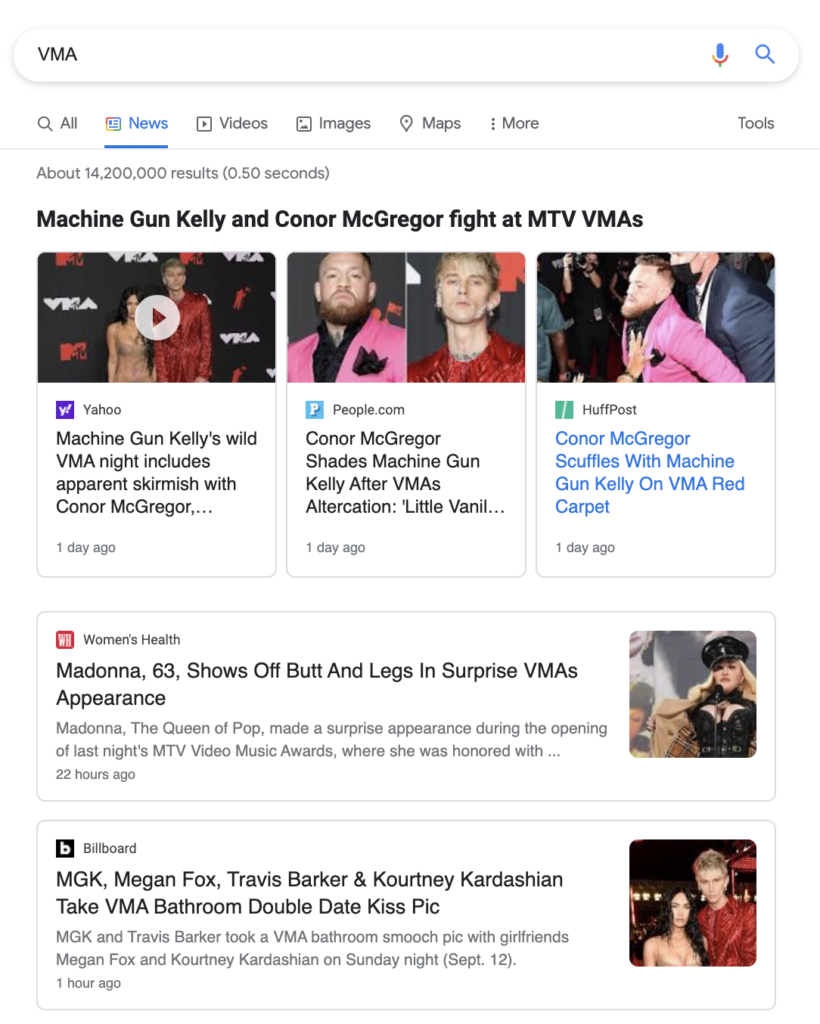
Google displays the news (conversion content) across the web on a variety of platforms — Google News, Google Search, YouTube, Google Assistant, and Discover. This means your content needs to be available and optimized for these platforms.
Your web page and news content should be optimized to maximize your web page’s Core Web Vitals scores.
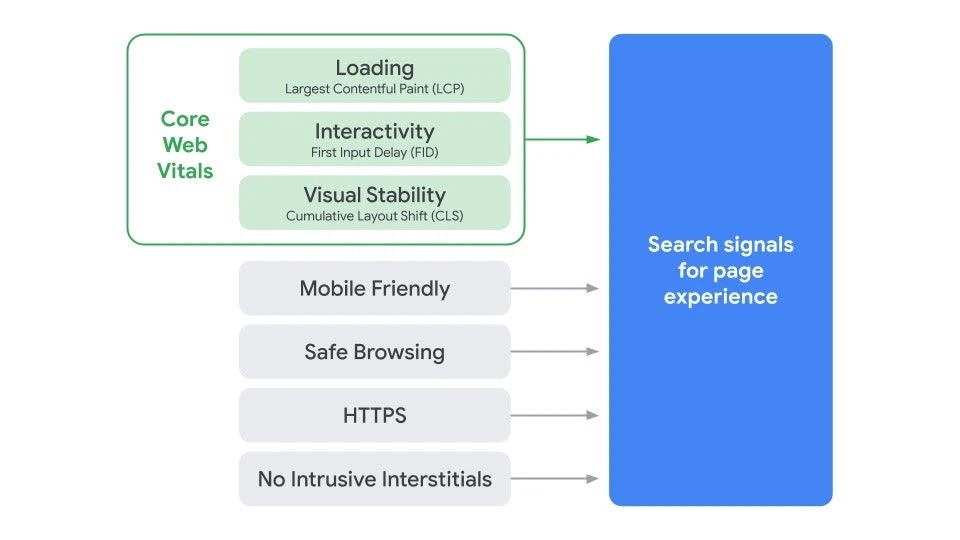
These are the signals that matter for news content.
This is especially difficult due to the rapid change of the news cycle and the short lifespan of a particular article. The organic traffic graph for non-news content looks like this:
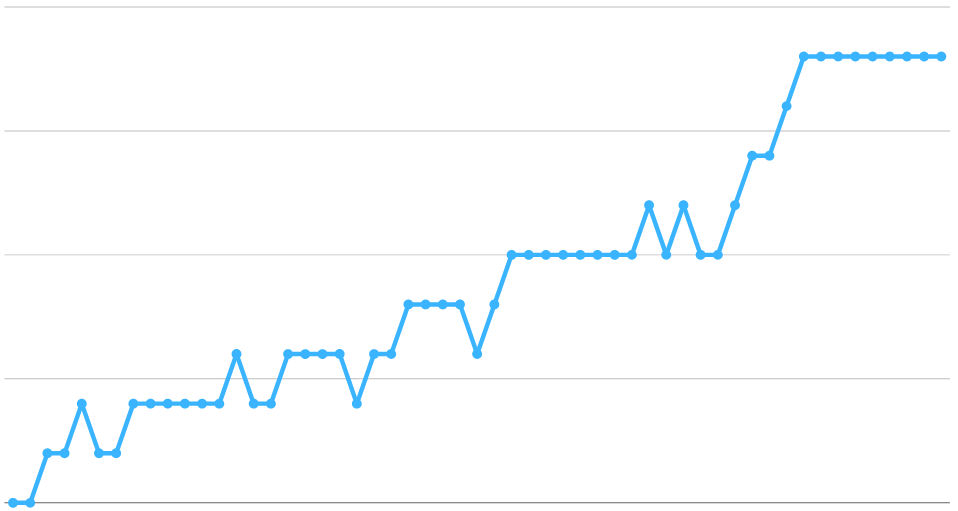
There’s consistent traffic growth over time.
However, with news articles or trending content, the organic traffic graph will look like this:
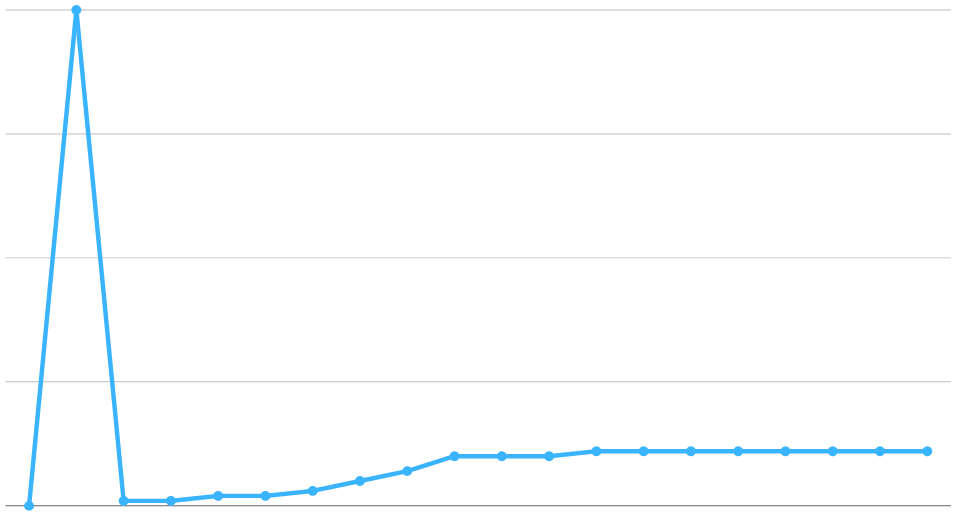
How does audience research impact SEO for trending content?
According to Barry Adams, SEO Consultant for Polemic Digital, With “news content, an article needs to be as close to perfectly optimised as possible when it’s published. Once a news article is published, Google usually crawls and indexes it within seconds.”
Give your audience the news content that drives conversion (news, updates on world events, trending stories) in a format that’s perfectly optimized for Google; deliver consistent value but quickly shift audience focus to content that drives retention (op-eds, pieces on art, or cooking, crosswords, special interest pieces, etc.).
If your audience research is comprehensive, you’ll know how to segment your audience, who is interested in what, and when to present your retention content.
Your audience research should drive your publishing business model
The media industry is still struggling for survival and sustainability; publishers are constantly exploring new business models to achieve this goal.
But these publishing business models need audience research to be effective.
The content that drives conversion is not the same content that drives retention. Retention, not conversion, is the revenue driver; retention is oriented around audience research and reducing reader churn. The better you are at improving retention and reducing audience churn, the stronger your publishing model will be.
Lead with audience research, and you’ll find the publishing business model that makes dollars and cents.
